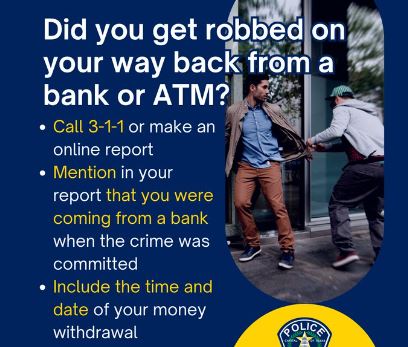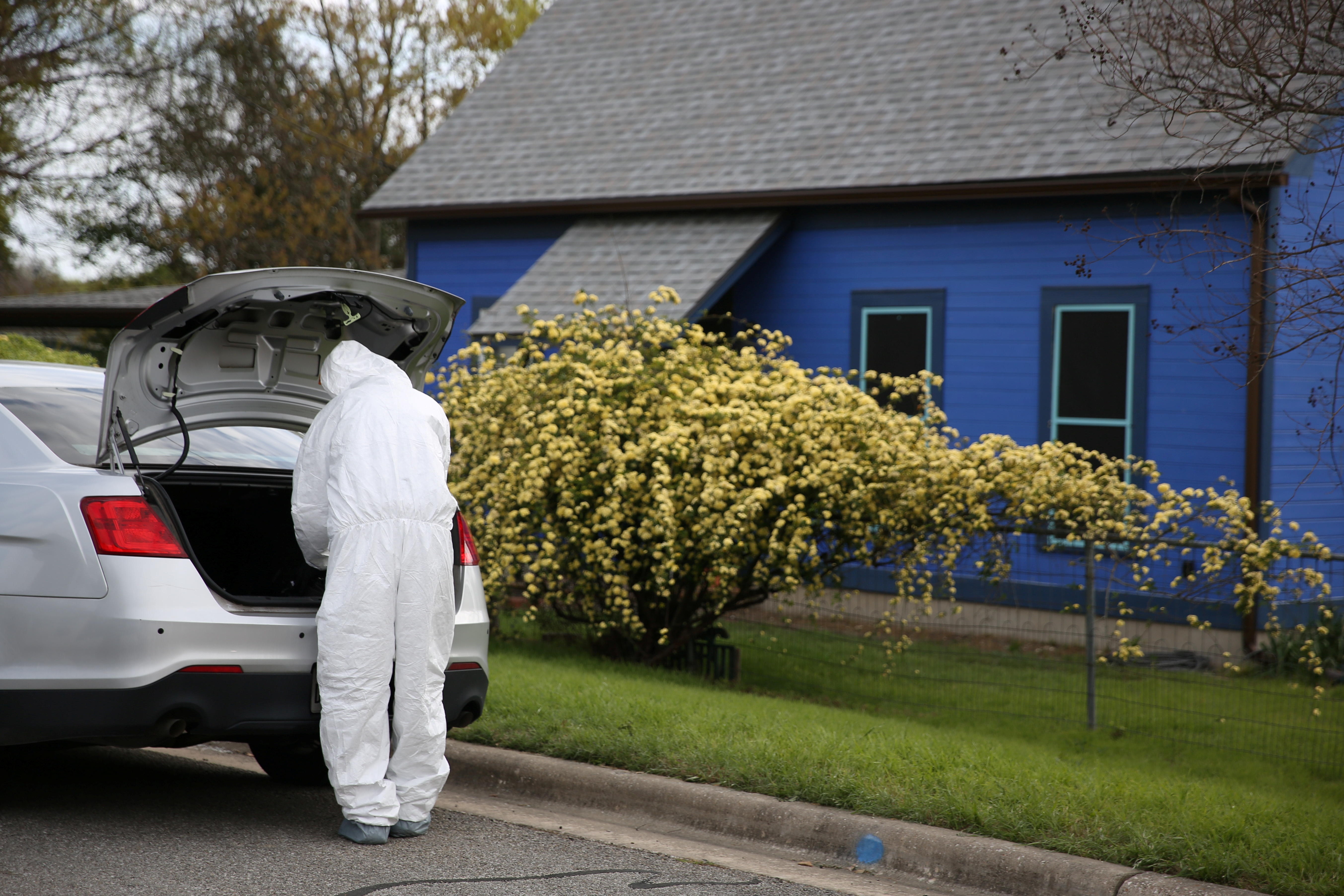
By Alexandra Ulmer and Julia Harte
AUSTIN, Texas – Advocates of police reform in Austin, Texas, cheered a year ago when the city agreed to release video from officers’ body cameras within 60 days of incidents in which they used force that caused serious injuries.
But since then, only a single body camera video has been released on time – in a non-fatal police shooting. Footage from three fatal police shootings was made public past the deadline. In at least 10 use-of-force incidents during Black Lives Matter protests last year, the department did not release any video.
Across the United States, where a complex thicket of laws stymies public access to body-camera footage, activists have urged law enforcement to release video to increase transparency and accountability in policing.
The effort gained greater urgency after high-profile cases of officers using force against people of color elevated concerns about racial bias, including the police murder of George Floyd. But enthusiasm for body-worn cameras, which about 80% of large U.S. police forces have, has been tested as their use has not guaranteed public access to footage.
That has been the case in Austin, the liberal capital of conservative Texas. An examination of how the city’s police department has put the promise of increased transparency into practice shows the limitations of body cameras as a solution to excessive force and unjust policing.
“It does make me question the whole edifice of body-worn cameras as an accountability or oversight tool,” said Chris Harris, director of the criminal justice project at Texas Appleseed, a nonprofit.
Two Austin police shootings just a day apart highlight the uneven success of the body-camera video release policy.
On Jan. 4, Dylan Polinski, who was 23 at the time, was shot by police in the leg after he barricaded himself in a hotel room with a hostage. He survived.
The next day, Alex Gonzales, 27, was shot by an off-duty officer after an alleged “road rage” incident and then shot again by an on-duty officer called as reinforcement. Gonzales, who was in a car with his girlfriend and baby, died.
Body-camera footage in Polinski’s case was released by the deadline. Gonzales’ family, which believes he was wrongfully killed and plans to sue the two officers and the city, expected the video from his shooting would be too.
AGONIZING WAIT
“We were counting down the days,” his sister Angel Gonzales, 21, said in the backyard of their home on the outskirts of Austin on a sweltering June afternoon. “And they kept delaying it last minute.”
During the family’s wait, police twice put out statements explaining the hold-ups, citing weather-related closures and investigative needs. His mother Liz Gonzales said it was upsetting to steel herself for the video of her son’s death ahead of each deadline, only to be confronted with delays.
The video was finally released in April, 113 days after the shooting. Prosecutors say they expect to present the case to a grand jury by early winter.
Joseph Chacon, Austin’s interim police chief, said there have been legitimate reasons for delays in releasing video, including insufficient resources for the time-intensive process of preparing the footage for public disclosure.
However, the policy enacted under his predecessor needs to be overhauled to achieve its goal of more transparency, said Chacon, who is seeking to be hired as the next chief.
“We put a policy out there and said: ‘We’re going to do it within 60 days.’ They have an expectation and when we fail to meet that expectation, that erodes that trust,” Chacon said in an interview.
The proliferation of police body cameras nationwide reflects the growing view that citizens have a right to scrutinize how officers perform in the field, though police largely see the cameras as evidence-gathering tools.
Additionally, some activists believe officers are less likely to discriminate or use excessive force when they are recorded. Research to confirm this has produced mixed results.
But experts agree that if video is recorded, slow or inconsistent release of the footage stokes public mistrust and reinforces perceptions that police want to hide officer misconduct.
CHANGE AHEAD
Chacon said the department can only prepare footage from one case at a time and had to prioritize Polinski’s shooting because it happened first. He wants to reduce processing time by no longer editing videos and instead release near-raw footage.
Rebecca Webber, a civil rights lawyer who has criticized the Austin Police Department’s delays, welcomed Chacon’s proposal.
“It’s the obvious solution. I am 100% in favor,” she said.
Other cities in Texas have adopted shorter footage release timelines for critical incidents. Dallas says it does so within 72 hours, while Houston takes up to 30 days.
Police in the Minneapolis suburb of Brooklyn Center were commended in April for releasing body-cam footage from the officer shooting death of Daunte Wright, a Black man, within 24 hours.
But in other places, body-cam video has been released years after an event — or never. In the New York police killing of Kawaski Trawick in April 2019, the Bronx district attorney released the footage 18 months later.
When demonstrators were injured during racial justice protests in Austin last year, the city’s police department said it would not release videos until the district attorney decided whether to present the cases to a grand jury.
After Reuters’ questions about the delay, the DA’s office – where a new chief, Jose Garza, was elected in November – said it no longer objected to releasing footage. Among Garza’s campaign pledges was to hold police officers accountable for misconduct.
Sam Kirsch, 27, is eager to view the video. He believes severe damage to his left eye during a May 2020 protest was caused by a police projectile, and he has sued both police and the city.
The DA’s office is investigating. In court filings, the officer said he was performing within his scope of duty.
“If I were able to see the footage of me, and hear what may have been said, I could know if I was targeted,” Kirsch said. “If I knew for a fact that I was not intentionally targeted, I could feel a little bit safer living in Austin.”
(Reporting by Alexandra Ulmer in Austin and Julia Harte in Washington; Editing by Colleen Jenkins and Cynthia Osterman)













